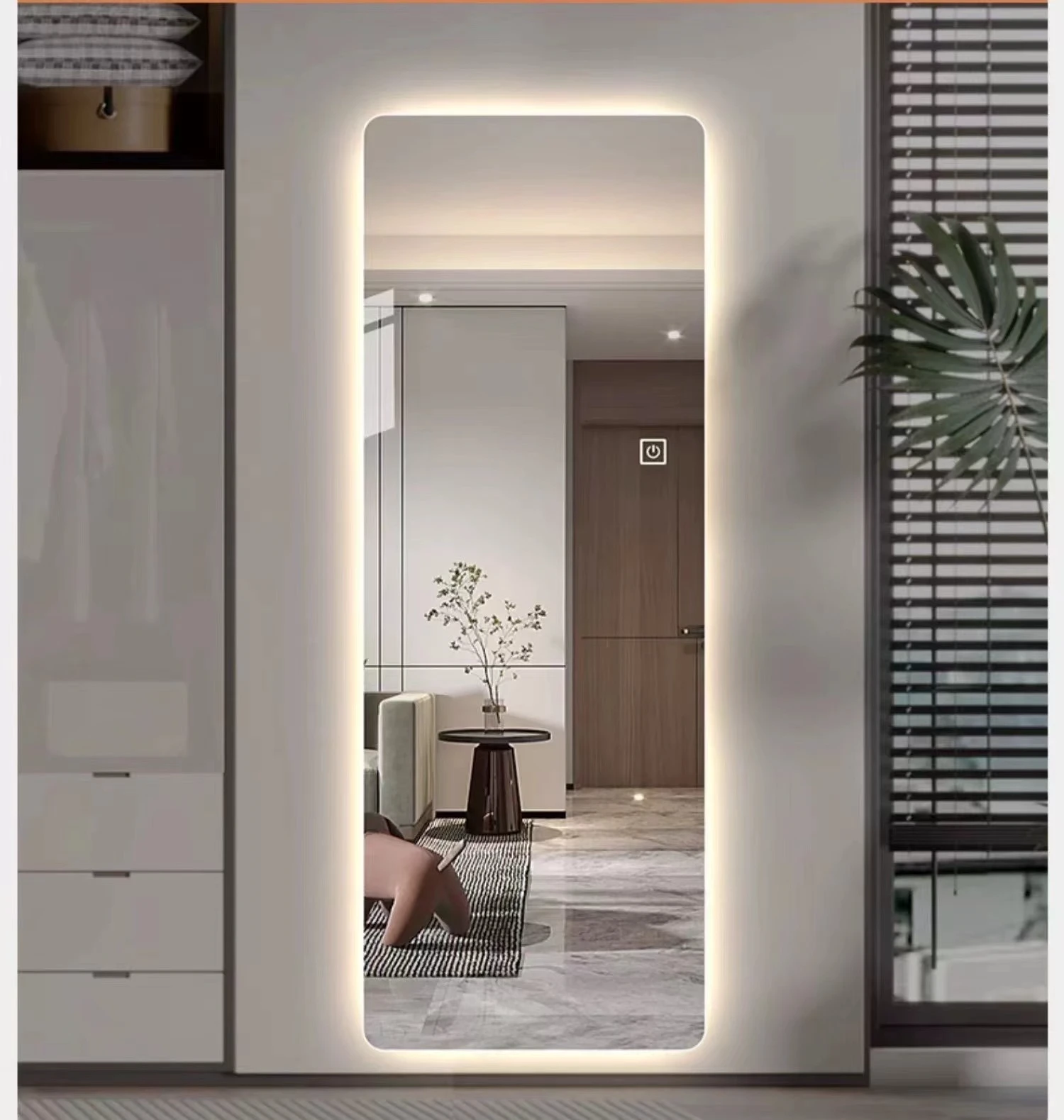

The Allure of Ultra-Transparent Glass
Ultra-transparent glass, often hailed as a remarkable innovation in modern materials, is transforming the way we perceive and interact with architectural spaces. This exceptional type of glass offers unparalleled clarity, allowing for maximum light transmission while minimizing distortion. As a result, it creates an almost ethereal quality in buildings, seamlessly blending the indoors with the outdoors.
The Allure of Ultra-Transparent Glass
In recent years, the use of ultra-transparent glass in architectural design has skyrocketed. Architects and designers are increasingly favoring this material for its aesthetic appeal and functional benefits. The transparency of the glass provides a feeling of openness and spaciousness, creating an inviting atmosphere while enhancing the overall visual appeal of a structure. Buildings adorned with ultra-transparent glass facades appear to float, blurring the lines between the solid and the ephemeral.

Moreover, ultra-transparent glass is engineered to be highly durable and resistant to environmental factors. With advancements in technology, this glass not only boasts optical clarity but also exceptional strength. It can withstand harsh weather conditions, making it suitable for a variety of climates. This durability contributes to the sustainability of buildings, as fewer materials may need to be replaced over time.
In addition to its aesthetic and durability benefits, ultra-transparent glass is also an energy-efficient option. Modern designs frequently incorporate this material for its thermal insulation properties. When combined with cutting-edge coating technologies, ultra-transparent glass can reflect unwanted solar heat while allowing natural light to flood indoors. This energy efficiency ultimately leads to reduced reliance on artificial lighting and climate control systems, which can positively impact a building's overall carbon footprint.
The versatility of ultra-transparent glass extends beyond architecture. It's also finding applications in automotive design and consumer products. In the automotive industry, for example, employing ultra-transparent glass can enhance safety and functionality in vehicle design by allowing drivers and passengers to experience broader visibility and reduced glare. Similarly, in electronics, devices such as smartphones and tablets benefit from ultra-transparent screens that provide users with a clearer and more immersive experience.
In conclusion, ultra-transparent glass stands as a testament to human ingenuity and innovation. Its remarkable clarity, durability, and energy efficiency make it an ideal choice for a wide range of applications, from modern architecture to automotive design. As technology continues to advance, the potential for ultra-transparent glass seems limitless, promising to revolutionize the way we interact with our environments, while embracing light and transparency in our daily lives.